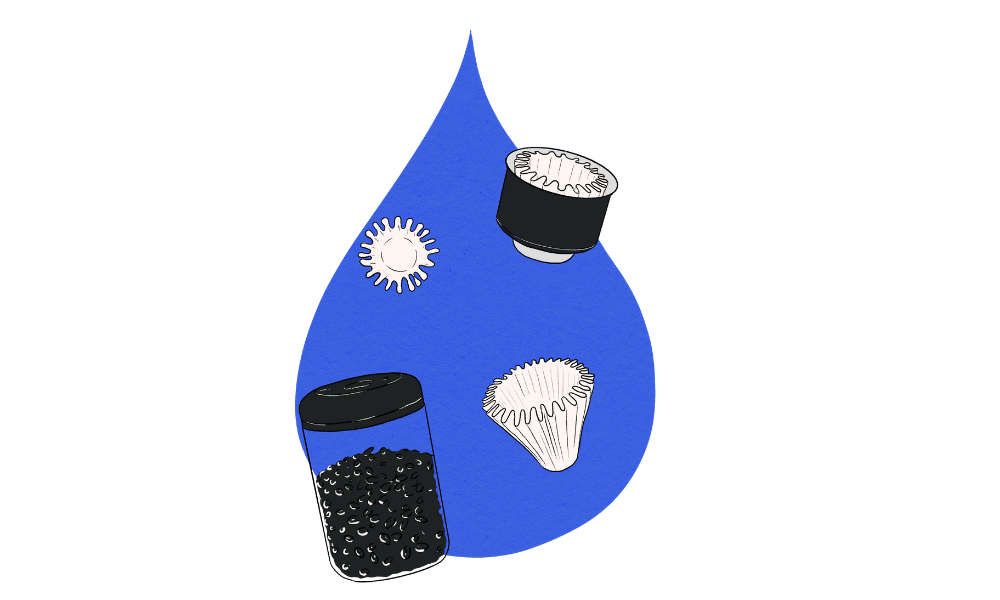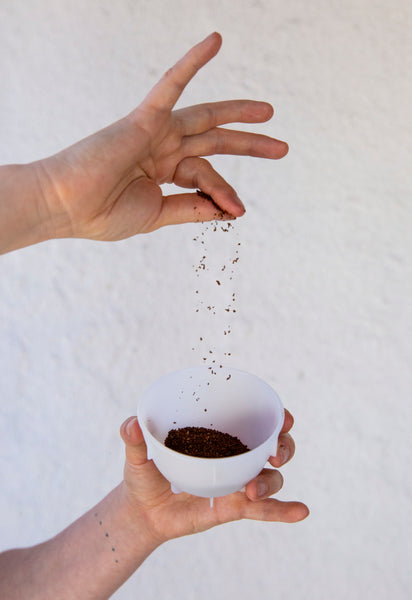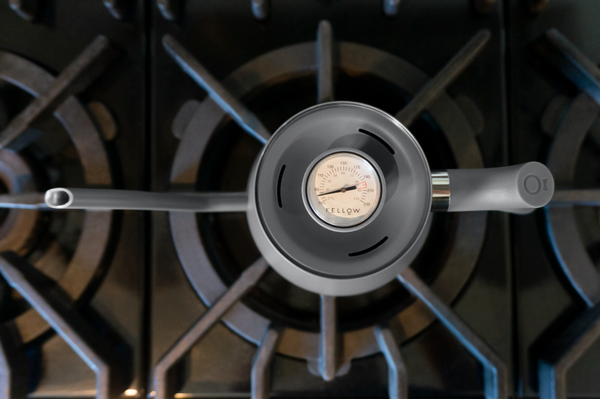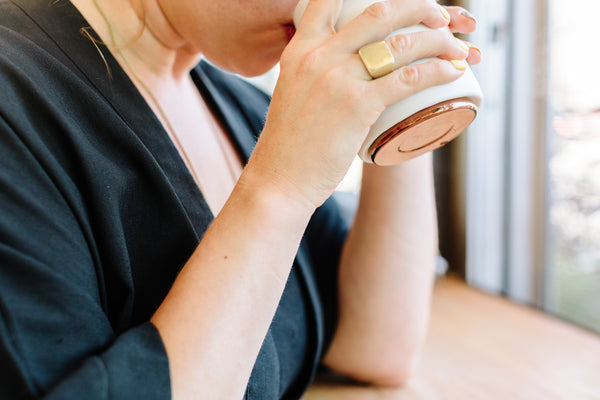
Finding time in the morning to focus on being present will not always be as readily available as it is in these unique days we are experiencing. While we do have these moments, we can develop a greater appreciation for our morning cup of coffee and carry that new found knowledge with us. More often than not, we’re rushing through the motions of our routines without noticing the qualities of the coffee we’re brewing. Slowing down and being mindful of all five senses while brewing pour-over can help you discover new tasting notes, new techniques, and new types of coffee that you may really enjoy.
If drinking the finished product is already enjoyable to you, we promise the act of brewing coffee can be equally as enthralling. Here’s how to use your five senses to truly dial in your mind during your morning ritual while dialing in an even better cup of coffee:
SIGHT
When you’re brewing, watch the coffee slurry and pay attention to the water level above the coffee bed. When the coffee is blooming, watch the larger bubbles of gas as they release. These bubbles are mostly CO2 that is created during the roasting process. Start each consecutive pour just before the coffee bed goes completely dry. While pouring watch the flow rate of the water as it comes out of the spout. Ideally, it should be a constant flow, or at least as constant as you can make it. Once you have completed pouring, take a look outside or give your favorite plant some TLC and notice all the little details you might miss at a glance. Or, another alternative is to grab some reading material and settle in to enjoy the coffee!
![Fellow Stagg [X] Pour-Over Filter](http://cdn.shopify.com/s/files/1/0057/6235/1219/files/DSCF5569_grande.jpg?v=1585875862)
SMELL
Smell everything! The ground coffee for sure, the dry paper filter, the AeroPress®, some coins, a flower, your shirt, laundry detergent, a spice from the spice rack—anything that you recognize but don't usually make a conscious effort to smell. Some of these things may have little to no discernible smell, but that is just as good. Think of those odorless items as being a “reset” to our noses. Smelling before we taste is essential because once we put the liquid to our lips, our taste buds take control and our sense of smell is somewhat diminished. Smell the whole coffee beans before grinding, smell the grounds, and then smell the brewed coffee before you taste it! Note the differences or similarities during each step of the way.

TOUCH
Start by touching different things with different textures —a brick wall, a smooth countertop, a silk tie, a cotton shirt. Then, try out different grind settings and touch them to get a feel for the difference between more nuanced grinds like medium-fine versus fine coffee. Temperature is another thing to consider when talking about touch. For example, touch the vessel you are brewing into while it is still cool before any hot water is added to rinse the filter or brew. When you are pouring, notice the way the weight shifts on the handle as you pour. Once you are done brewing, touch the vessel that was most likely cool or room temperature when you started. Then do the same with the cup you’ll be drinking this well-crafted brew from. Pre-heating the cup with a hot water rinse will help maintain the coffee’s temperature as the brew will not expend any heat by warming the cup. Feel it first though, and then hold it in your hands once the brew has been added and notice the difference!

SOUND
Turn on some music that you like for a relaxed morning vibe while brewing. Listen to the birds—they are easier to hear these days without the constant “white noise” of human hustle and bustle. Listen to your kettle as it heats up on the stove. Since pour-over is best brewed between 195°F and 205°F, you’ll want to pull it off the flame right before it gets to a rolling boil. Listen to the grinder when you are grinding the coffee. Listen to the drip as the water flows through the coffee bed. What do you hear? This is a great way to know if you have a good flow rate. We don’t want it to sound like a water faucet on low or like individual drips. Ideally, it will be a slow and steady dripping sound. If you’re brewing for two, clink your mugs together to signal the end of the brewing process and the beginning of the drinking.

TASTE
This is the best part! Now that we have done a few things to liven all of our other senses, let's eliminate them all. Sounds crazy, right? Turn the music off, leave your hands empty for a minute and close your eyes—but don't hold your nose! Tasting is what we call a retronasal experience, and our sense of smell (aka our olfactory bulb) plays a huge role in how we perceive flavor. Many of us are most likely drinking coffee without a lid more often at the moment, and that is great! Whether it is a lid on a takeaway cup or a reusable travel mug, they both inhibit our ability to perceive flavor.

Now grab your cup, close your eyes, take a deep breath, exhale, and finally take a slow simple sip. As you’re drinking, think about the coffee’s texture and body, the sweetness, the acidity, and the bitterness. Try to just single out one attribute to start. What stands out to you the most? Are there things you haven't noticed from the same coffee before? Did you taste anything that you don't like? Also, in the same way we used temperature to heighten our sense of touch, it is a great way to notice flavor. Let a little of the coffee cool to room temperature and taste it. When the liquid is cool, it is even easier for us to perceive the flavors it holds.
Taking a few moments to notice all of the nuances you can in the coffee that you just carefully brewed will add to the overall enjoyment of the pour-over process. Each of the five senses can enhance the others, and whichever ones you prefer to use to increase your enjoyment of this delicious drink, will help any other qualities be even more noticeable.





























